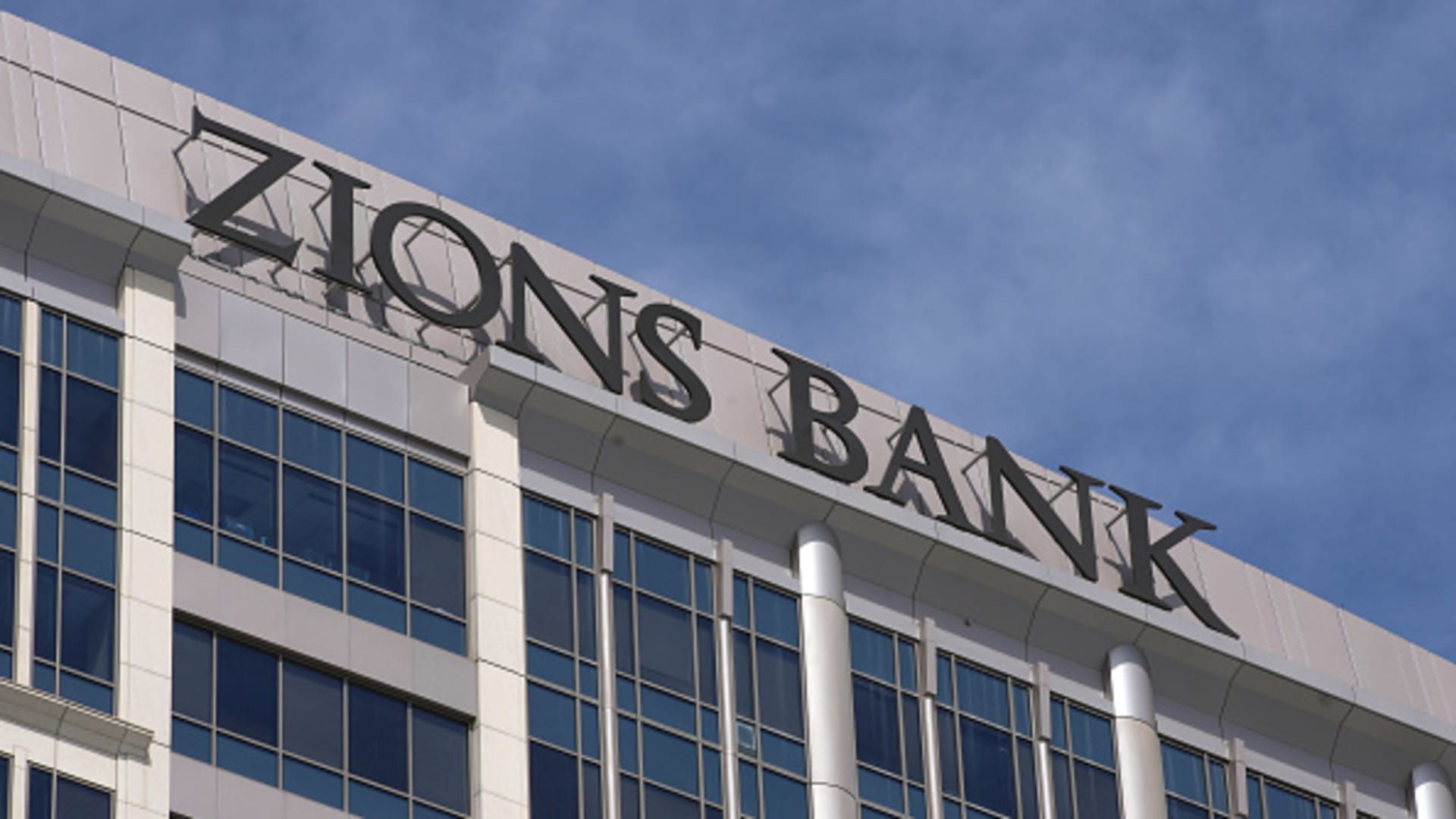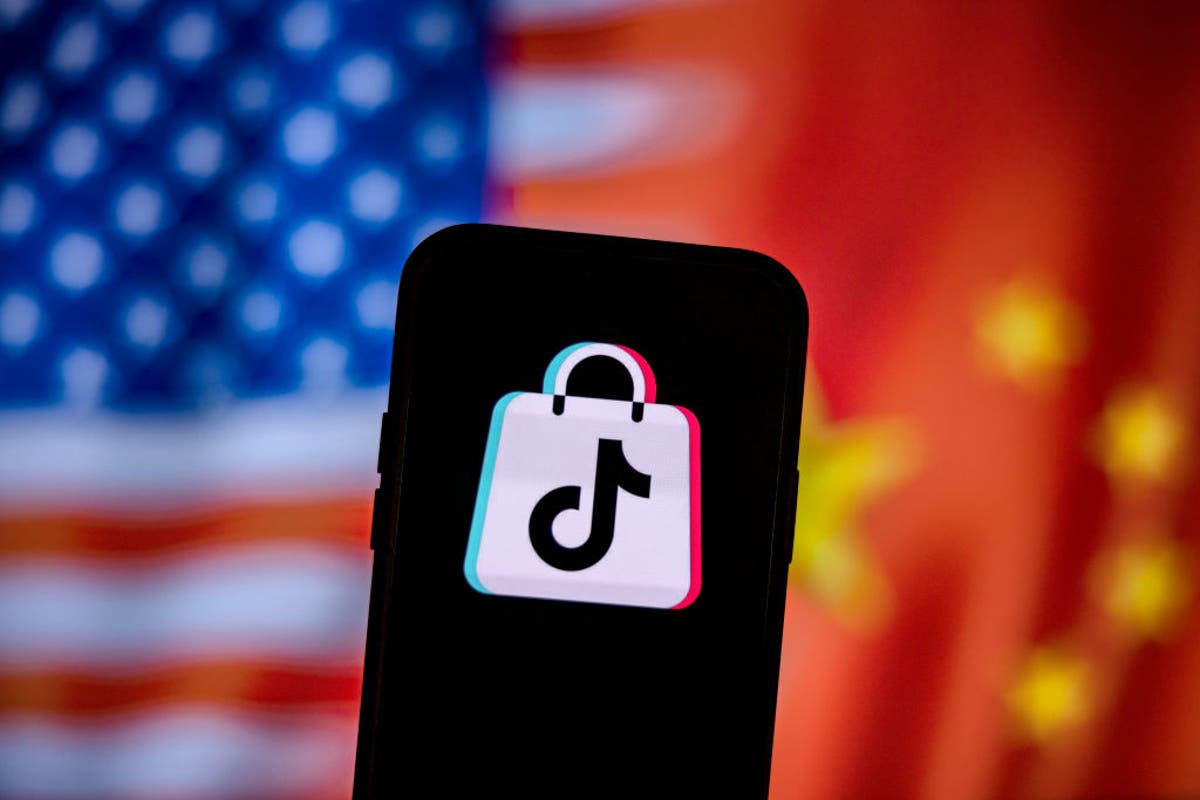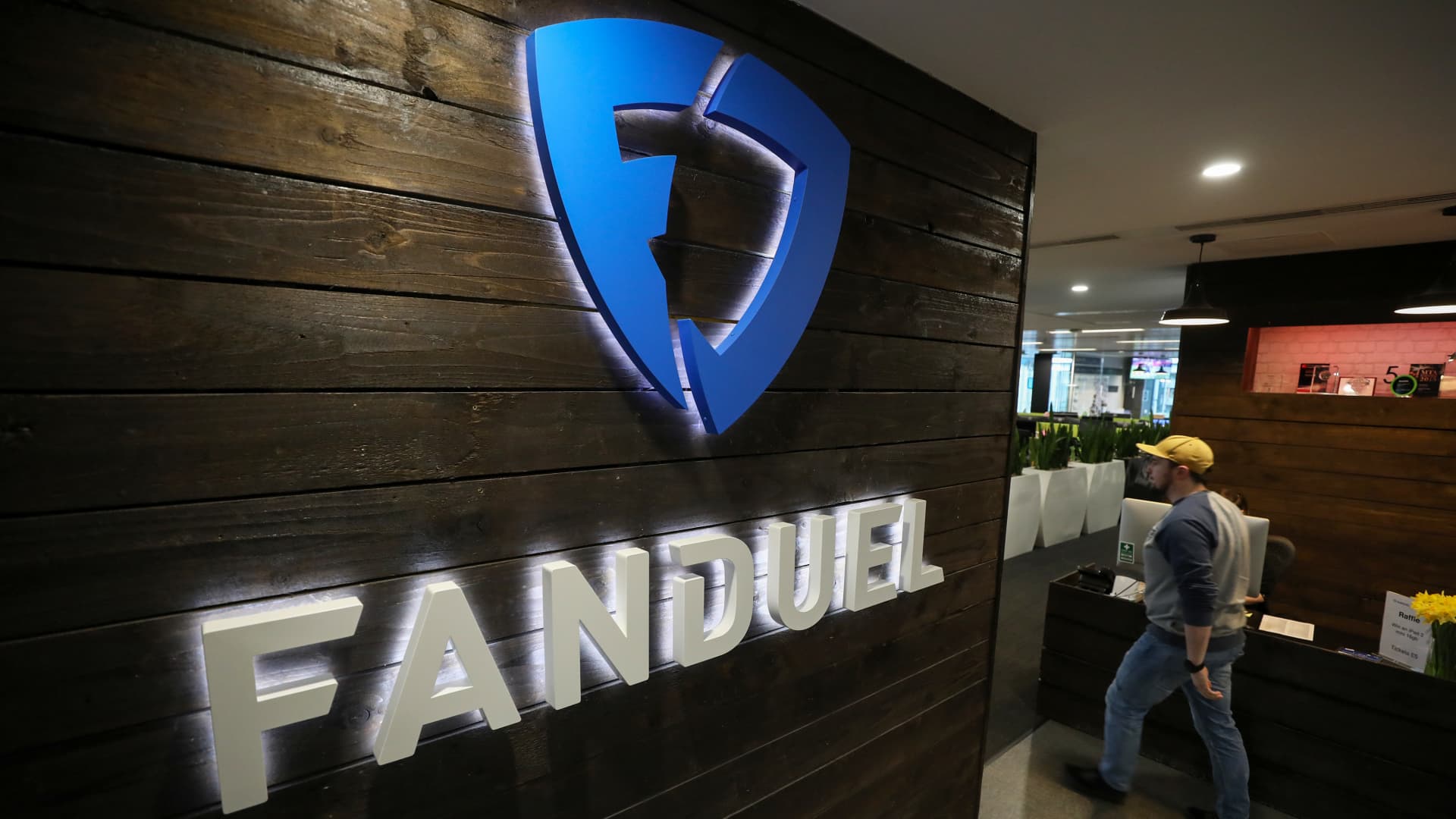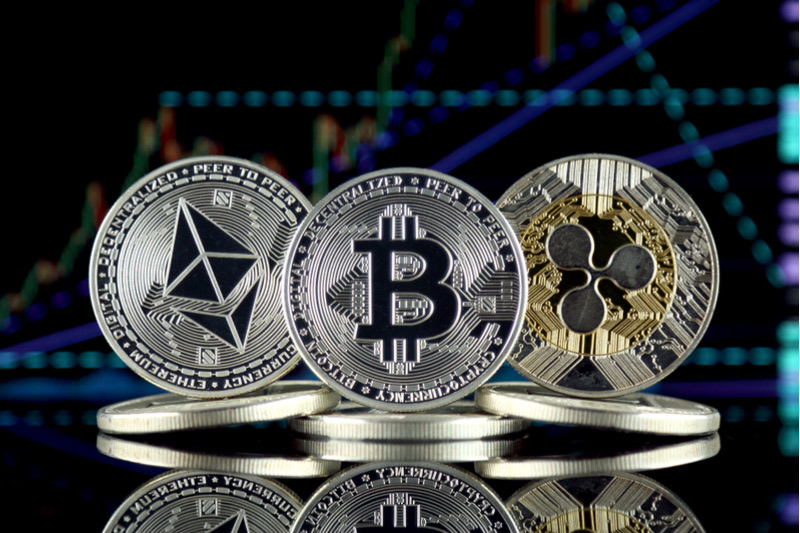Major banks, including JPMorgan Chase and Goldman Sachs He had just finished taking victory laps after a successful quarter when concerns arose in a dark corner of Wall Street, sending a collective chill through global finance.
regional bank sions On Wednesday night it revealed a near-total disappearance of $60 million in loans after finding “apparent misrepresentations” by borrowers. The next day, mate Western Alliance said it had sued the same borrower, a commercial real estate company called Cantor Group, for alleged fraud.
The result was a sudden and deep sell-off among regional banks, drawing comparisons to the turmoil of the 2023 banking crisis that consumed Silicon Valley Bank and First Republic. This time, investors are focusing on a specific type of loans made by banks to non-depository financial institutions, or NDFIs, as a source of potential contagion.
“When you see one cockroach, there are probably more,” JPMorgan CEO Jamie Dimon said this week. “Everyone should be warned about this case.”
Concerns about credit quality had been simmering for weeks after the September collapse of two U.S. auto companies. JPMorgan, the largest U.S. bank by assets, this week reported a $170 million loss tied to one of its banks, subprime auto lender Tricolor.
But it wasn't until a third case of alleged fraud surrounding loans made to NDFI that investors began to fear the worst, according to Truist banking analyst Brian Foran.
“So far we have had three situations where there was alleged fraud” involving NDFI, Foran said.
Dimon's comments “really resonated with people saying, 'Oh man, the tide went out a little bit and now we're looking at who's swimsuit was missing,'” Foran said.

What are NDFIs?
The episode highlighted a fast-growing category of loans made by both regional banks and global investment banks. Rules imposed after the 2008 financial crisis discouraged regulated banks from making many types of loans, from mortgages to subprime automobiles, leading to the emergence of thousands of nonbank lenders.
Taking the riskiest activities out of the regulated banking perimeter, where bankruptcies are supported by the Federal Deposit Insurance Corporation, seemed like a good move.
But it turns out that banks are a major source of funding for nonbank lenders: Commercial lending to NDFIs reached $1.14 trillion in March, according to the Federal Reserve Bank of St. Louis.
Bank loans made to nonbank financial companies were the fastest-growing category, increasing 26% annually since 2012, according to the St. Louis Federal Reserve.
“The rise in NDFI loans was actually because all these different regulations came together to say there are a lot of loans that banks can't make anymore, but if they lend it to someone else who makes it, that's fine,” Foran said.
“We don't really know much about these books on NDFI,” Foran said. “People say, 'I didn't know it was so easy for a bank to think it had $50 million in collateral and find out it had nothing.'”
'Overreaction' or early?
Part of what's spooking investors is that while some of the disclosed credit losses have been relatively small, they have been almost total, said KBW bank analyst Catherine Mealor.
“NDFI loans, because of the collateral involved, generally have a higher loss rate, and losses can happen very quickly and out of the blue,” Mealor said. “It's really difficult to understand these risks.”
Mealor said investors have been inundating her with questions about the level of exposure to NDFI in her coverage universe, the analyst said. Companies like Western Alliance and Axos Financial are among those with the highest proportion of NDFI loans, according to an August research note from Janney Montgomery.
Still, regional banks are benefiting from an improving interest rate environment and growing merger activity, which are shoring up valuations, Mealor said, adding that he believes this week's stock sell-off was an “overreaction.”
“You should avoid companies that appear high on the NDFI loan screen,” he said. “There are many high-quality companies on the KRX trading at deep discounts.”
Correction: This article has been updated to remove an incorrect mention of losses at one of the regional banks linked to the alleged credit fraud.









